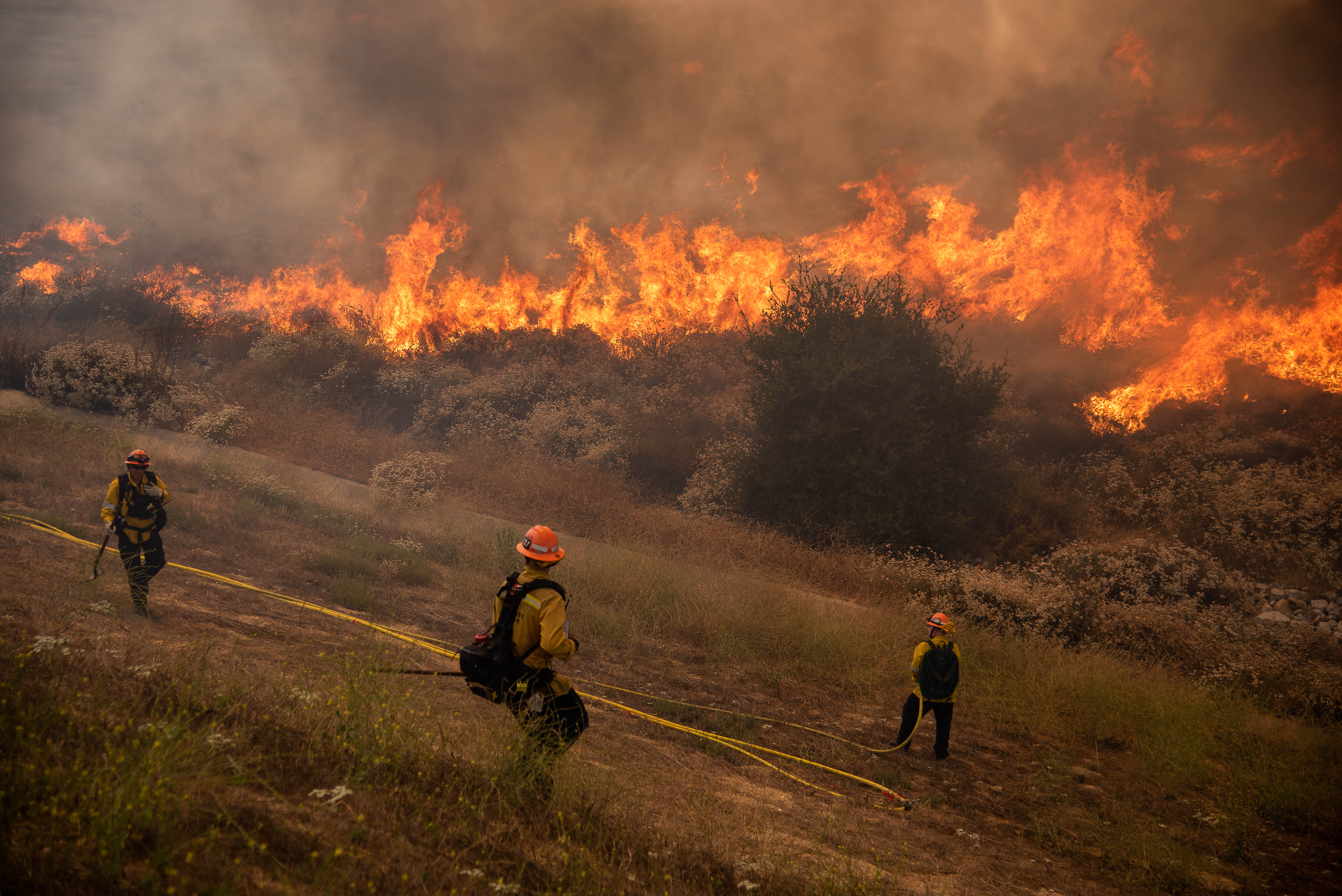Wildfire Response Will Remain A Priority in State Budget Revision
 Governor Gavin Newsom has made it clear that wildfire preparedness and response will remain a critical priority, even as the state faces a budget hole caused by the SARS-Cov2 (COVID-19) pandemic.
Governor Gavin Newsom has made it clear that wildfire preparedness and response will remain a critical priority, even as the state faces a budget hole caused by the SARS-Cov2 (COVID-19) pandemic.
In his May Budget Revision, due Thursday, the governor proposed an $85.7 million enhancement for CAL FIRE, which will help with surge capacity ahead of the summer months. The funding would be the first phase of an increase that will add some 600 additional CAL FIRE firefighters over the next five years. The governor’s plan also calls for 26 new engines all throughout California.
“The budget will include enhancements for wildfire preparation and preparedness, as well as suppression strategies and opportunities to be more resilient in our recovery strategies,” said Newsom.
He also proposed a $127 million augmentation for CAL OES, where improving the budget would provide for ongoing monitoring for all types of hazards, including wildfires.
Coronavirus or no coronavirus, the need for enhanced wildfire response and preparedness is clear. According to the United States Drought Monitor, about half of California is under some form of drought. With less precipitation and warmer weather, there is potential of seeing large wildfires by midsummer. Not only can wildfire season begin early, but it is expected to come with more severe force.
California experienced five of the deadliest fires in its history, in the past three years. Over that time, 3.7 million acres were burned, 34,000+ structures were destroyed, and 145 people lost their lives.
“This year is stacking up to be definitely more difficult looking than last year was. We’ve already started burning. We’re already 400 fires ahead of our average for this time of year,” said Thom Porter, CAL FIRE Chief.
Porter said the addition of 600 firefighters will be especially important, as the COVID-19 outbreak increases the urgency to keep small fires from becoming large ones.
“If we keep fires small at the beginning,” said Porter, “we will protect the public and our firefighters from unnecessary exposure to smoke and need to bring them together in congregate settings.”
The state is also putting increased focus on to how to respond in the likely event of a larger-scale event. Cal-OES Director Mark Ghilarducci said incident management teams will likely engage soon, start evacuations sooner, set up more evacuation options and take extra steps to avoid congregate settings for evacuees.
“We are looking at segregating COVID and non-COVID evacuees and possibly using hotel solutions, to provide them with single rooms, rather than congregating in gyms,” Ghilarducci said. “Where we do find we’re using gyms, we will be putting in partitions and air cleaners.”
The governor’s proposal for $127 million for Cal-OES reflects the ongoing critical need for mutual aid response. Last week, Ghilarducci noted that more than 1,000 local agencies that participate in mutual aid remain at the ready to respond, but resources will be critical. When major wildfires strike, state and local agencies dispatch personnel and equipment to respond emergencies across the state.
“Even though we are responding to the coronavirus 24/7,” Ghilarducci noted last week, “we have the … capability – with the agencies and the departments, with our local government partners, and the fire and rescue mutual aid system that we use regularly – to have to move assets and resources in a timely fashion.”
“We’re focused on COVID, but we’ve got to suppress and mitigate these fires,” said Newsom. "We’re not going to step back from our responsibilities to meet this moment.”